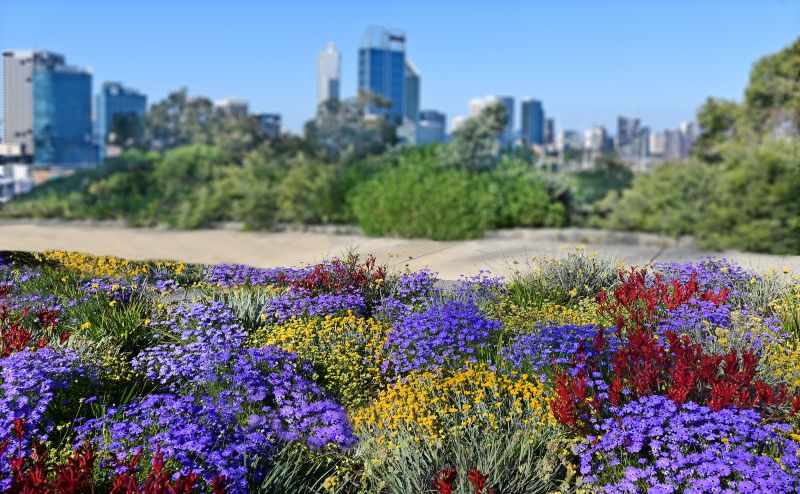Discovering the Ideal Time to Visit Western Australia: A Seasonal Guide
Embracing Western Australia’s Diversity Across Seasons
Western Australia, with its vast landscapes and varied climate, offers a unique experience to travelers. But when is the best time to visit this expansive state? This blog post explores the ideal times to visit Western Australia, taking into account its weather patterns, regional differences, and seasonal attractions.
Understanding Western Australia’s Climate
Western Australia’s climate ranges from the Mediterranean in the south, tropical in the north, to desert in the interior. This diversity means that the best time to visit can vary greatly depending on where you plan to go and what you want to do.
1. Visiting the South: Perth and Beyond
The southern part of Western Australia, including Perth, is renowned for its Mediterranean climate.
- Summer (December – February): This season is perfect for beachgoers. The days are long and sunny, with temperatures often in the high 20s to mid-30s Celsius. However, it can also be the peak tourist season, so expect larger crowds and higher prices.
- Autumn (March – May): With milder temperatures and less rainfall, autumn is ideal for outdoor activities like hiking and exploring the wine regions. The ocean is still warm enough for swimming and water sports.
- Winter (June – August): Cooler and wetter, winter is great for experiencing Perth’s cultural events and indoor attractions. It’s also the perfect time for whale watching along the coast.
- Spring (September – November): Spring brings wildflower season, making it a fantastic time for nature lovers. The weather is pleasant, with fewer tourists than in summer.
2. Heading North: Kimberley and Pilbara Regions
The northern regions, including the Kimberley and Pilbara, have a tropical climate with two main seasons: wet and dry.
- Dry Season (May – October): This is the best time to visit the north. The weather is cooler and less humid, making it ideal for exploring the outback and natural attractions like the Bungle Bungle Range.
- Wet Season (November – April): The wet season sees heavy rains and high humidity, with some areas becoming inaccessible. However, it’s also when the landscape is at its most lush and waterfalls are at their fullest.
3. Exploring the Interior: Goldfields and Beyond
The interior regions, such as the Goldfields, experience desert conditions.
- Cooler Months (April – September): These months are more comfortable for exploring the rugged interior, with daytime temperatures more bearable than in the peak of summer.
Events and Festivals
Western Australia hosts various events and festivals throughout the year, from the Fremantle Arts Festival to the Broome Camel Cup. Planning your visit around these events can add an extra layer of enjoyment to your trip.
In Conclusion
The best time to visit Western Australia largely depends on what you want to see and do. Each season offers its own unique set of attractions and experiences, making Western Australia a year-round destination for travelers.
